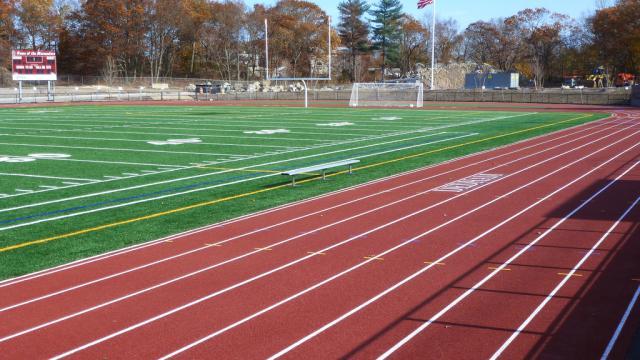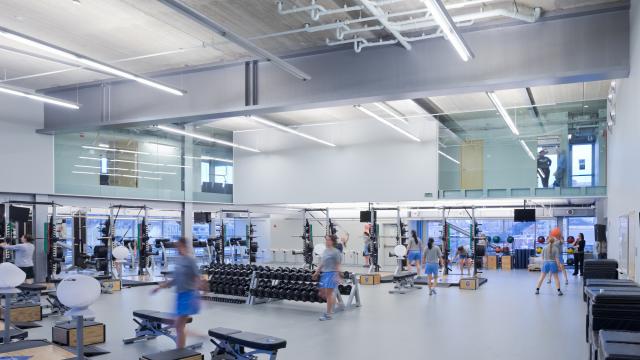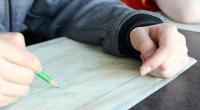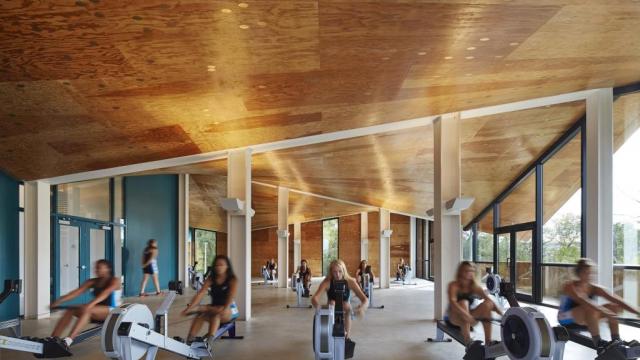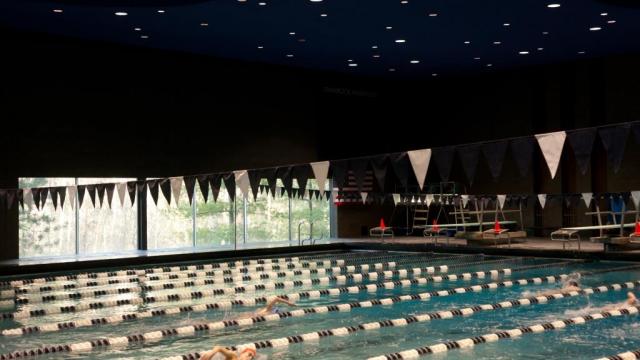
Redesign Your School Athletic Pavilion | 2014 National High School Architecture Competition #162
Advanced Technologies Academy, founded in 1994, is one of the top schools in the country, the top magnet school in Nevada, and an all-around excellent academic school. Created in the mid 990’s, this school aimed at integrating new technologies into its students’ lives and education. The gymnasium, along with the East wing of the building, was not included in the original plans for the building and it is apparent that the gym was added on as an afterthought. Although the school is one of the best in the educational field, one of its major downfalls is that there is almost no emphasis on physical improvement.
Design Problem: Although ATECH is one of the best academic schools in the country, there is little to no emphasis on creating a physically fit student body. The old gym is used by only the underclassmen P.E. classes and is rarely visited by anyone not in those classes. The school has no culture of physicality due to its lack of athletic events or even athletic interest in the student body. The new gymnasium needs to create a culture of physical fitness throughout the student body and staff by giving them access to cutting edge athletic facilities and educational areas in order to educate students about the need for a solid nutritional foundation in order to lead a better life. The gym has to not only change the aesthetic of the school but the culture of the student body.
Design Solution: My process to reinvigorate the gym and its facilities revolves around a two pronged approach: connecting the old gym to the tennis area and creating a more thorough facility in order to change the way students live. Using a sky bridge over the wide grass field in order to enclose and combine both existing structures and adding a second floor in order to house educational and lifting facilities, the two existing physical facilities would be combined and improved upon, fitting in the already existing space allotted to athletic facilities. Adding on a single grandstand to improve the chances of sporting events at ATECH, this project creates a wide range of possibilities by adding onto existing materials and structures.

